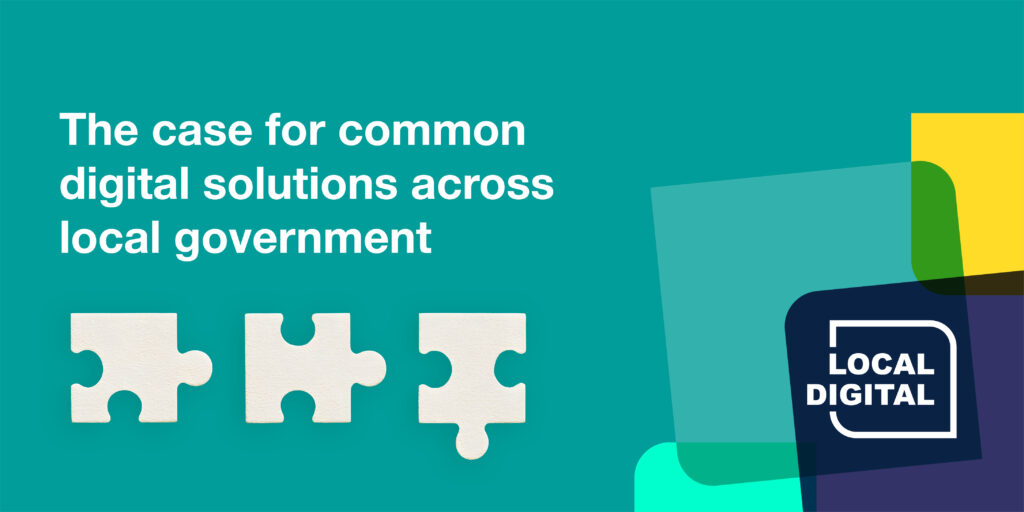
The case for common digital solutions across local government
Standardisation isn’t the easiest topic to get excited about. It can sound rigid, like a one-size-fits-all approach that leaves little room for local priorities.
But it’s worth looking at the other side. What are the benefits of standardisation, and why does it matter?
In this blog, we explore why shared approaches are so important, the barriers that make them challenging, and how councils are already collaborating to make them work.
The value of standardisation
For years, councils have been tackling similar problems in isolation. They’ve been designing digital services, procuring software, and managing data, all while navigating financial and resource constraints.
As a result, councils face duplicated effort, higher costs, inconsistent user experiences, and technology that often doesn’t work well together.
Standardisation can help by:
- reducing duplication and cost – councils don’t need to reinvent the wheel. Shared approaches mean lower development and procurement costs
- improving security and resilience – common standards help protect against cyber threats and ensure systems are robust
- supporting interoperability – systems that work together lead to better service delivery and more informed decision-making
- improving user experience – residents expect seamless digital services. Standardisation can help make that possible
- enabling scalable innovation – emerging technologies like AI can be safely integrated when built on common foundations
Barriers to progress
Despite the benefits, there are challenges to adopting common digital solutions at scale. Through our work with councils, partners and suppliers, we’ve identified some recurring barriers:
- limited use of common service models – many services are designed around internal processes rather than user needs, making it harder to align or standardise. Amy Ricketts’ work on service modelling at Barnardo’s is a great example of the potential benefits service models can bring
- lack of shared data and technology standards – without common foundations, it’s difficult to integrate or scale digital services
- capacity and capability constraints – even when good common solutions exist, councils may not have the resources or expertise to adopt them
Collaboration takes time and coordination, especially when delivery teams are already stretched. But we think it can be worth the effort.
Collaboration in action
We’re already seeing great examples of standardisation and collaboration across the public sector:
- Scotland’s myaccount – a national single sign-on system for public services, reducing duplication and improving user access
- LocalGov Drupal – a community-built, open-source content management system that helps councils deliver better websites cost effectively
- GOV.UK Pay – a shared payment platform that councils and public organisations can use without building their own
These examples have shown that collaboration and shared solutions can lead to better services, lower costs and stronger digital foundations.
Find out more and get involved
As we move forward, we want to work with councils, software suppliers, and sector partners to strike the right balance – between standardisation and local flexibility, between innovation and practicality. It’s about identifying what works, scaling what’s valuable, and building a stronger, more connected public sector.
To stay up to date:
Categories: Blog posts , Digital transformation
Tags:
 UK Ministry of Housing, Communities and Local Government (MHCLG)
UK Ministry of Housing, Communities and Local Government (MHCLG) 